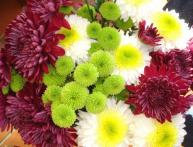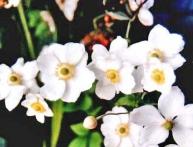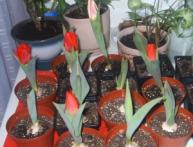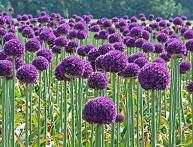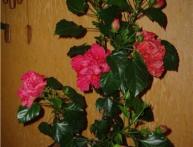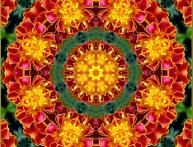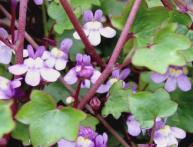Begonia in photographs is as beautiful as in nature
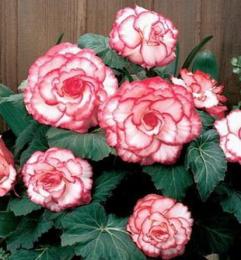
Begonia is an ornamental plant that has leaves of various shapes depending on its type. Begonia in the photo - this is a great way to choose your favorite variety for your summer cottage.
When flowering, begonia forms inflorescences that come in various shades. This is a light-loving plant that does not like exposure to direct sunlight. Optimal temperature for growing Begonias consider 20 degrees in summer or 18 degrees in winter.
In spring and summer, begonias need abundant watering, but remember that they cannot tolerate stagnant water. In winter, begonia is not watered.
It should not be sprayed, as brown spots appear on the leaves after spraying.
The formation of begonia flowers requires additional feeding 2 times a month.
Begonia should not be replanted often; this is done only if there is not enough space in the pot, that is, if the pot has become too small for it.
Begonia in the photo, like other types of begonias propagated by cuttings or seeds.
Begonia seeds are quite small, so to distribute them evenly over the surface of the earth, you can spread a small layer of snow and sow the seeds on it; they will be clearly visible. It is advisable to sift the soil through a sieve to avoid lumps. Before sowing, the soil in the pot is moistened with a pink solution of potassium permanganate, and the seeds, mixed with sand, are evenly scattered over the surface.Then you need to moisten it with a fine dispersion spray, cover it with film or glass and put it in a warm place. Sprouts should appear in a couple of weeks.

